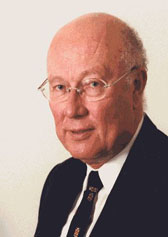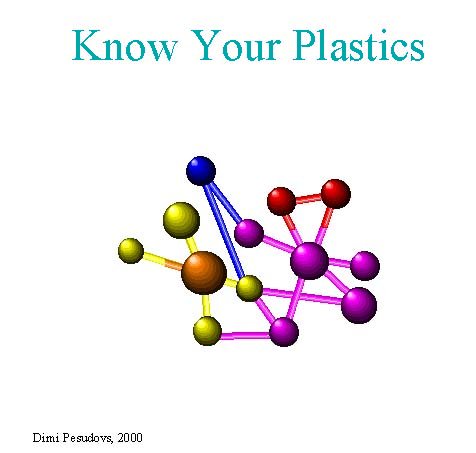

What are Plastics?
- From PLASKOS, to mould
- Have unique properties
- Man made materials
- Copies of naturally occurring materials
- Substitutes for other man made materials
The basic chemical used to make plastics are derived from fossil fuels - oil or gas which otherwise would have been used to provide us with most of the energy we use. Crude oil is extracted from the ground and separated by distillation into many fractions including petroleum, gas, paraffin and naptha. Further processing of these oil fractions in large cracking plants produces the basic chemicals, such as ethylene and propylene, used to make plastics.
Demand for Petroleum Products in Australia
|
Products |
Megalitres |
% |
|
Petrol |
17100 |
44.8 |
|
Diesel |
10100 |
26.3 |
|
Aviation Fuel |
3700 |
9.6 |
|
LPG |
3400 |
8.8 |
|
Fuels |
2000 |
5.1 |
|
Plastics |
650 |
1.7 |
|
Others |
900 |
2.4 |
|
Total |
37850
|
100.0 |
There are many different plastics, but all are made up of polymers: long chain-like structures, principally of carbon and hydrogen atoms. These large molecular structures are created through the process of polymerisation. During this process, relatively small molecules called monomers, are linked to form polymers, which take the form of granules, powders or liquids.
Why Use Plastics?
- Freedom of design
- Energy efficient
- Cost effective
- Unlimited range of applications
- Environmentaly friendly
The beauty of plastics lies in the fact that they can be tailored to suit thousands of different applications, with many different properties. Plastics are given different properties by joining two or more different polymers. Fillers, stabilisers, plasticisers and pigments can also be added to make the product stronger, more flexible, more resistent to light and heat or a certain colour.
Plastics can be stretched into very thin film and moulded or extruded to produce complex shapes. That is why their name is closely related to the adjective plastic which means easily moulded as has come to be used to describe anything that changes shape or distorts either permanantly or temporarily. Hence we now use plastics to describe objects made from polymers especially if they have been created to keep their new shape and are in no way distorted.
Polymer Usage in Australia
|
Sector |
KT |
|
Agriculture |
58.1 |
|
Building |
357.9 |
|
Household |
163.4 |
|
Mat. Handling |
106.7 |
|
Packaging |
387.9 |
|
Recreation |
21.4 |
|
Automotive |
63.8 |
|
Electrical |
76.1 |
|
Others |
183.3 |
|
Total
|
1418.7 |
Historical Development of Plastics
|
1862 Cellulose nitrate - Celluloid |
|
Plastics Identification
You can easily identify the types of plastics, their characteristics and common aplications by looking at the enclosed table.
